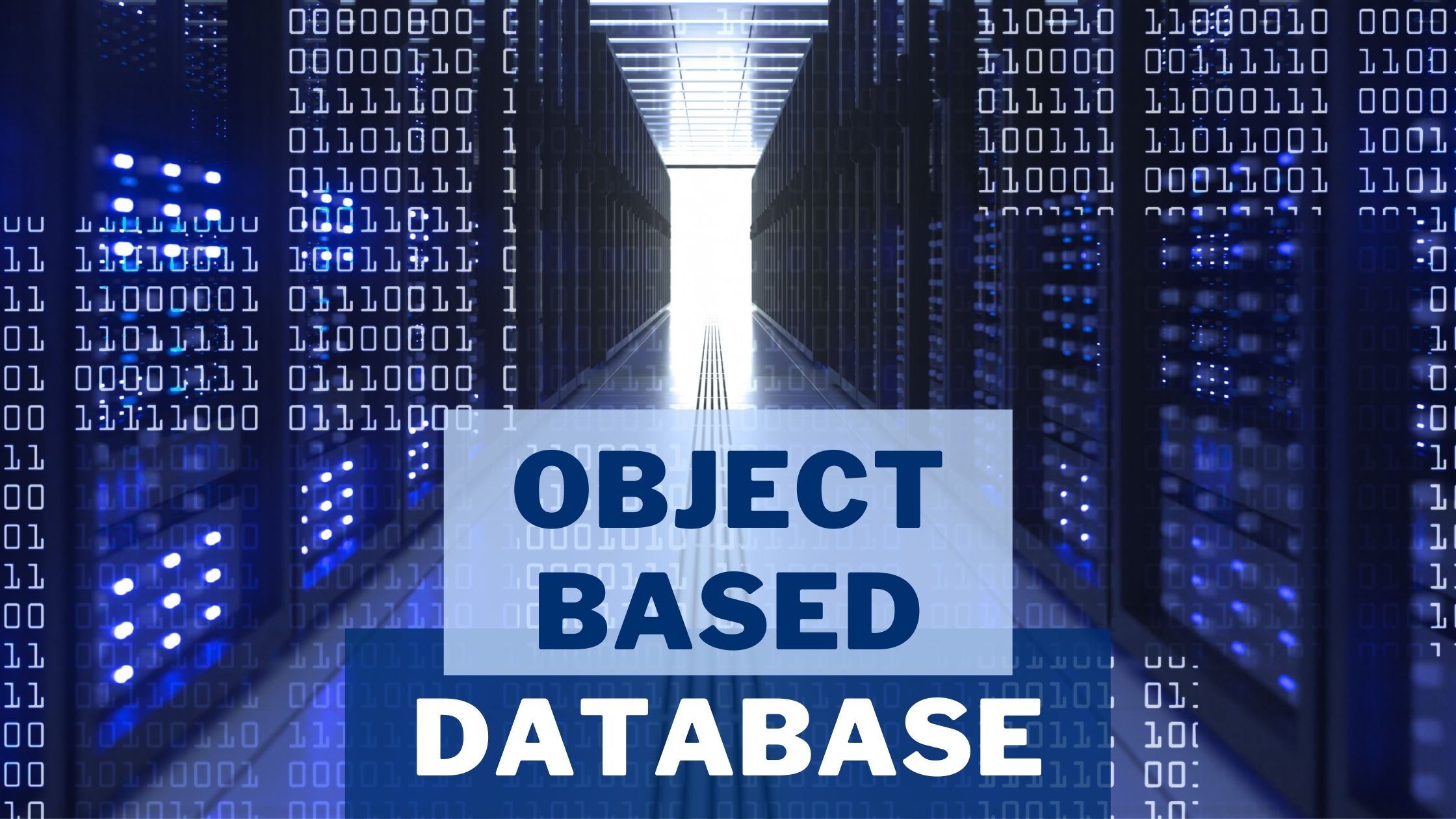Introduction
Hello there, I hope you’re doing well. Generally, ‘Object-based database’ is a very important term when we talk about Data Management systems. Therefore, you will read about the ‘basic concept of object-based database’ in this blog.
Adding to it, you’ll also read about the types of data models. Moreover, you’re gonna read about the ‘characteristics of object-based database’. Keep reading till the end of the blog for useful information.
Basic Concept of Object-Based
Databases
Object-oriented database (OODB) systems are usually associated with applications that draw their strength from intuitive graphical user interfaces, powerful modeling techniques, and advantageous data management capabilities.
So that we can say Object-Oriented Databases contain features of object-oriented programming like Inheritance, Polymorphism, and Encapsulation with the best features of the relational database system.
Object–Oriented Data Model (OODM):
The relational data model was first produced by Dr. E.F. Codd. Since then more than a hundred commercial relational DBMSs have been developed and put in use both for mainframe and PC environments. RDBMSs have their own disadvantages, particularly, limited modeling capabilities. Various data models were developed and implemented database design that represents the real world more closely.
Each data model capitalized on the shortcoming of previous models. We replaced the hierarchical model with a network model because it became much easier to represent complex (many to many) relationships. In turn, the relational model offered several advantages over the hierarchical and network models through its simpler data representation, superior data independence, and relatively easy-to-use query language.
Thereafter, the entity-relationship (E-R) model was introduced by Chen for an easy-to-use graphical data representation. E-R model became the database design standard. Attempts were made and the Somatic Data model (SDM) was developed by M. Hammer and D.McLeod to capture more meaning from the real-world objects.
SDM incorporated more semantics into the data model and introduced concepts such as class, inheritance, and so forth. This helped to model the real-world objects more objectively. In response to the increasing complexity of database applications, following two new data models emerged:
Types of object-based database
Object-oriented data models (OODMs) &
object-relational data models (ORDMs) represent third generation DBMSs (Object-oriented data models) (OODMs) are logical data models that capture the semantics of objects supported in object-oriented programming.
Basically, OODMs implement conceptual models directly and can represent complexities that are beyond the capabilities of relational systems. OODBs have adopted many of the concepts that programmers developed originally for object-oriented programming languages (OOPLs). Objects in an OOPL exist only during program execution and are hence called transient objects.

An object-oriented database (OODB) is a persistent and sharable collection of objects defined by an OODM. An OODB can extend the existence of objects. So that, we can store it permanently. Hence, the objects persist beyond program termination and they can retrieve later and shared by other programs. In other words, OODBs store persistent objects permanently on secondary storage (disks) and allow the sharing of these objects among multiple programs and applications.
Visit gurukpo.com for free study material
Characteristics of the object-based database
- It maintains a direct correspondence between real-world and database objects so that objects do not lose their integrity and identity.
- OODBs provide a unique system-generated object identifier (OID) for each object identifier (OID) for each object. So that, we can easily identify and operate an object upon it. This is in contrast with the relational model where each relation must have a primary key attribute whose value identifiers each tuple uniquely.
- OODBs are extensible that are capable of defining new data types as well as the operations to be performed on them.
- Support encapsulation, that is, the data representation and the implementation of the method is hidden from external entities.
- Exhibit inheritance, that is, an object inherits the properties of other objects.
Blog by:- Mr. Sachin Bagoria
Department of Information & Technology
Thank you for reading ‘what is object-based database’. Kindly, share it with the IT lovers. Keep reading.